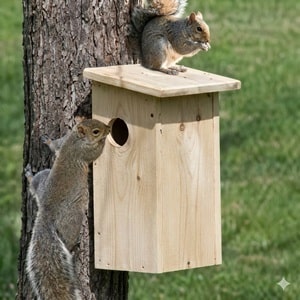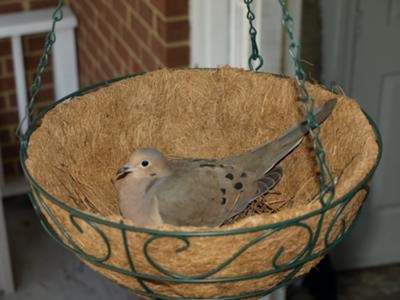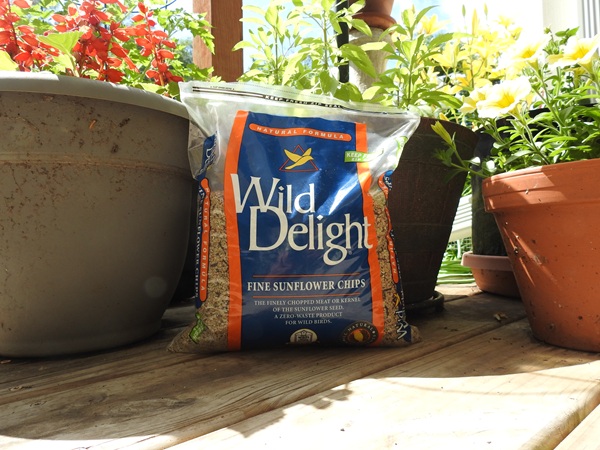Red Squirrel Behavior and Survival Habits
Despite weighing less than a pound, they will actively chase away larger gray squirrels and defend a personal range of 2 to 5 acres.
Explore them with video, audio, and detailed images of dreys (nests) and food caches.
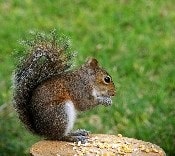
What Do Red Squirrels Look Like
Red squirrels are easily identifiable by their reddish-brown fur, white underbelly, and bushy tails.
Adults typically weigh up to a whopping half pound (200 to 250 grams) and measure about a foot (30 centimeters) in length, including the tail.
Their sharp claws and strong hind legs make them excellent climbers, well-adapted to life in the trees.
Seasonal changes also affect their appearance; in winter, their fur becomes thicker and grayer to provide better insulation against the cold.
In comparison, the Red Squirrel is about half the size of the gray.
Both males and females are about equal in size.
Listen To Audio of Squirrel Call
Habitat: Where they Live
These squirrels are primarily found in coniferous and mixed forests across North America, ranging from Alaska and Canada down to the northern United States.
They prefer habitats with a dense canopy and abundant food sources, such as pine cones and seeds.
Red squirrels are also known to inhabit urban areas and parks where trees and food are plentiful.
Mating Breeding Gestation Habits
Red squirrels have breeding seasons ranging from January to September, with peak periods in February-March and June-July. Depending on location.
Breeding time is influenced by the weather. A late winter thaw and breeding will be later in Spring.
Most have a single litter each year, although some studies show two litters in some territories.
| Red Squirrel Nesting Timeline | |
|---|---|
| # of Young | 3 - 6 |
| Length of Gestation Period | 33 - 35 days |
| Young Leave Nest | 37 - 39 days independent 45 days |
| # of Liters | 1 some may have 2 per year |
Litters of 3 to 6 hairless young are born after a 33-35 day gestation period.
In 37-39 days, the young will leave the nest and continue to be cared for by the female. By day 45, they will begin finding food themselves.
The young develop slowly and may remain with the female throughout the summer.
Do They Mate For Life
Like most mammals, the American Red Squirrel mates for a single time, as they are in estrus for a short period and will mate with the most prominent male in the territory.
The male American Red Squirrel will not take part in the rearing or feeding of his offspring but will mate with other females in season.
Nest Construction and Nesting Sites
The nesting habits are similar to the Gray Squirrel.
Their nests, also known as dreys, vary in construction depending on the environment and available materials but share some common characteristics.
For nesting, Red squirrels often prefer coniferous trees like pine, spruce, and fir due to their dense foliage, which offers additional protection from the elements and predators.
The nest has an outer layer of twigs and bark and a hollow center made from softer materials like grass, moss, and lichens.
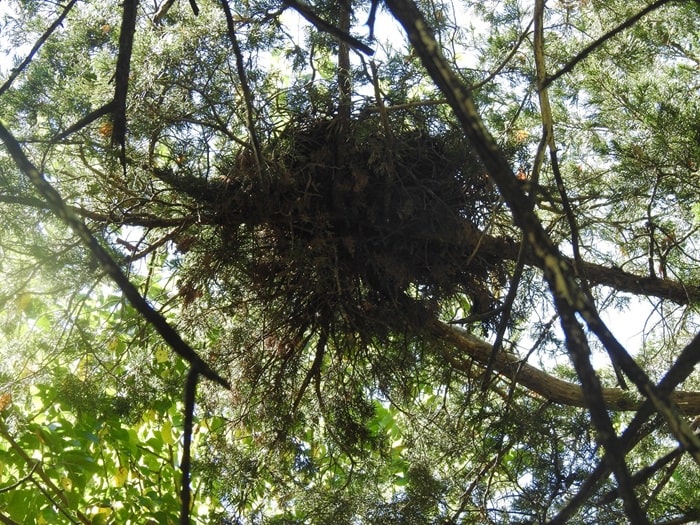
Their nests are typically spherical or oval-shaped, measuring about 12-18 inches (30-45 centimeters).
This shape helps to trap heat and provides ample space for the squirrel to move around.
The drey, as it is called, can be in a hollow, or fallen tree, a hole in the ground, a hummock, or a tree crotch.
Red squirrels often build multiple nests within their territory, allowing them to move between them as needed. They sleep in their drey at night.
These secondary nests are typically less elaborate and may serve as temporary shelters or storage sites.
Feeding Habits: Diet
Red squirrels are primarily herbivores, which means they eat mostly plant-based foods. Their diet consists of a variety of nuts, seeds, and berries.
They have strong jaws that are capable of cracking open hard shells, allowing them to access the nuts inside.
They are particularly fond of pinecones, which they will strip of their scales to get to the seeds inside.
If you enjoy having the squirrels feeding in your yard, you can attract them using Squirrel Feeders.
They also eat dried corn on the cob when placed in feeders, or cracked corn when offered on a flat platform feeder.
These squirrels are also opportunistic feeders and will consume mushrooms, berries, tree bark, and even bird eggs and nestlings if the opportunity arises.
On the other hand, if you're trying to discourage the squirrels from using your bird feeders, you may want to think about using a Squirrel Proof Feeder.
Because conifer trees can have varying amounts of cones from year to year, Red Squirrels cache enough for slim years.
They will store most of their food in a central spot in their territory. This cache of nuts and cones may be in an underground chamber, brush pile, or hollow log.
Red squirrels are also known to be territorial animals when it comes to food.
They will defend their food caches fiercely and will even chase away other squirrels that come too close.
This territorial behavior is particularly strong during the fall, as they prepare for winter.
Red-Squirrels are also known to tap sugar maple trees to harvest the sugar in the sap.
They bite into the tree trunk to puncture the sap-carrying "vessel" (xylem), leave the tree to allow time for the water in the sap to evaporate.
Later they'll come back to harvest the syrup remaining on the trunk and branches.
Red Squirrels and Hibernation
One interesting fact about red squirrels is that they do not hibernate, which means they need to store food to survive the winter.
They do this by gathering nuts and seeds in the fall and hiding them in various places throughout their territory.
They have an excellent memory and can remember where they have hidden their food, even months later.
Predators
Despite their agile and alert nature, red squirrels face numerous threats from predators such as hawks, owls, foxes, and domestic cats.
Lifespan in the Wild
Red squirrels have a relatively short lifespan, averaging about three to five years in the wild, though some may live longer under ideal conditions.
Related Reading:
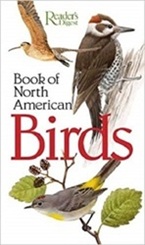
|
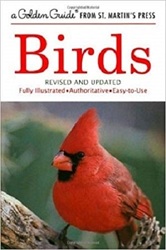
|
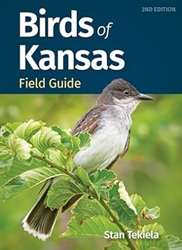
|
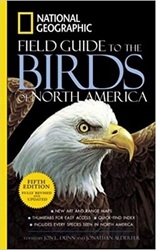
|
| Readers Digest Guide | Golden Guide | Your State Only | Nat-Geo Guide |
